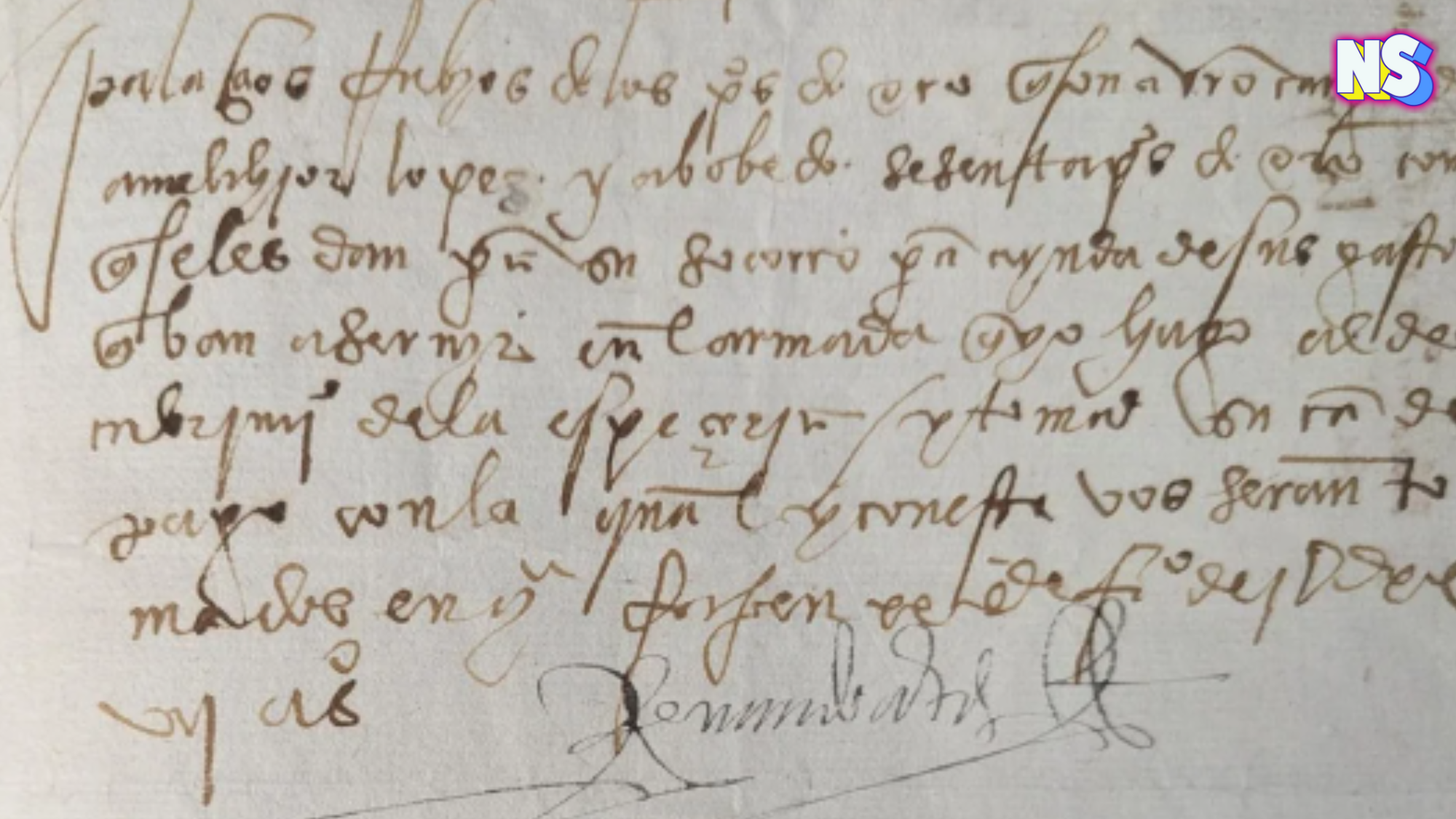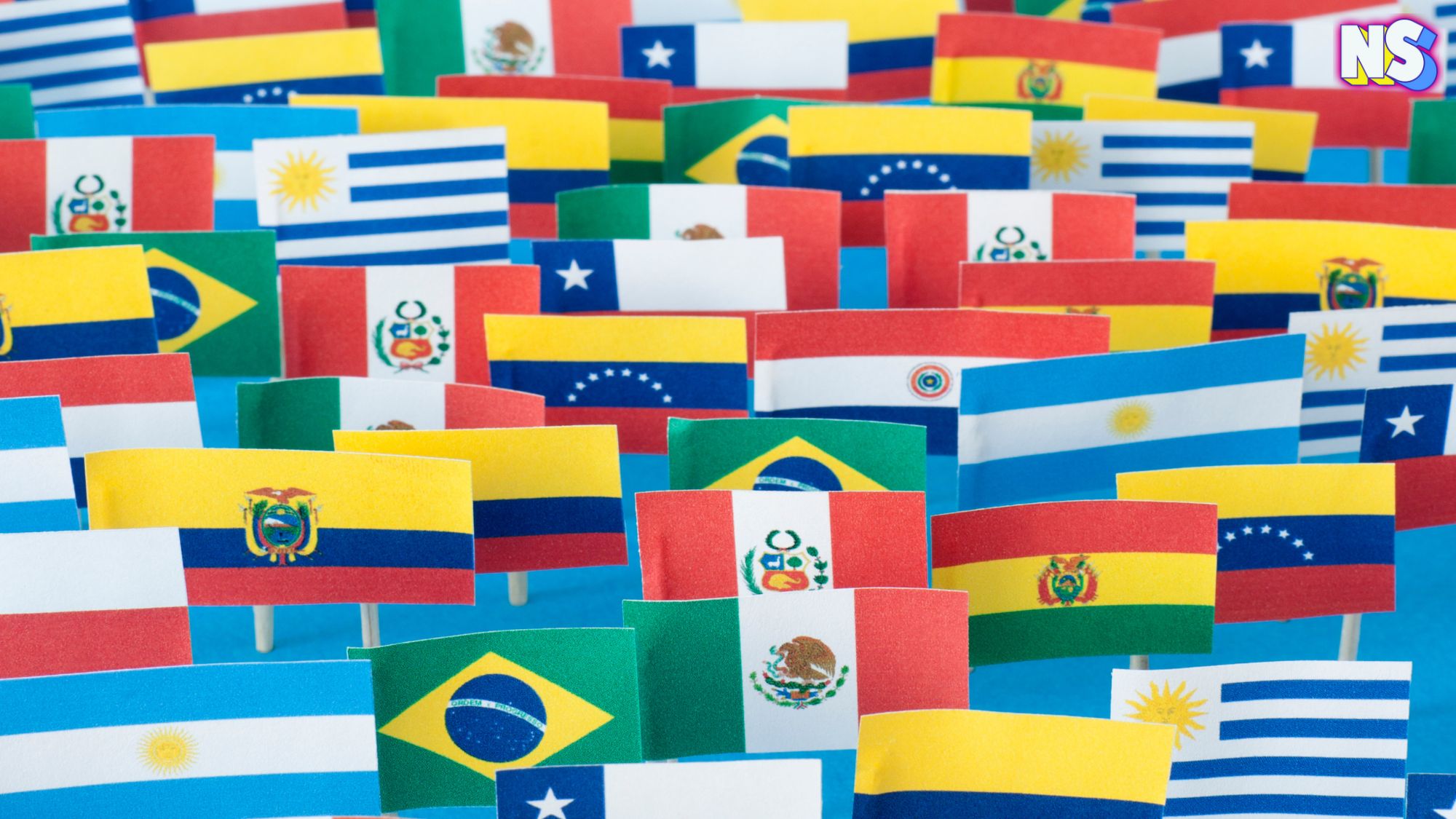Since the debut of the musical West Side Story in the 1960s, Americans have embraced the word “cool” for various occasions. Feeling stressed? Stay cool, boy. Disney just announced a movie sequel to Moana this week. Cool, right? However, expressing admiration or approval across Spanish-speaking countries is a bit more nuanced. If you find yourself in Mexico, Colombia, or Chile, chances are you’ll encounter different ways to say “cool” in Spanish. Here we’ve listed at least 10 ways to speak like and say “cool” like a local, no matter where you are.
10 Ways to Say “Cool” in Spanish
1. Chido (Mexico)
Chido is the go-to term in Mexican Spanish. It can describe people, things, or situations. For example: “La película está muy chida.” (“The movie was pretty cool.”) Or, “¡Qué chido que te dieron el trabajo!” (“It’s so cool that you got the job!”)
2. Chévere (Panama, Venezuela, and Cuba)
Chévere is popular throughout Latin America. It works for both people and things: “¡Qué chévere! Me alegro por ti.” (“That’s so cool! I’m happy for you.”) Or, “El hotel está chévere, ¿no?” (It means: “The hotel is cool, isn’t it?”)
3. Tranquilo (Universal)
To encourage someone to stay cool, use tranquilo. For example, “Tranquilos, yo me encargo.” (Stay cool, guys. I’ll handle it.)
4. Genial (Across Spanish-Speaking Countries)
Genial is the standard word used to say “cool” in various Spanish-speaking countries: “¡Genial! Te veo mañana, entonces.” (Cool! I’ll see you tomorrow, then.)
5. Bacano (Colombia)
In Colombian slang, bacano reigns supreme. It’s used like this: “¿Te subieron el sueldo? ¡Qué bacano, hermano!” (“Did you get a raise? That’s so cool, dude/brother!”)
6. Bacán (Ecuador, Peru, and Chile)
In other South American countries like Ecuador, Peru, and Chile, you’ll hear bacán. For example: “Este coche está bacán.” (“This car is cool.”)
7. Pintudo (Bolivia)
In Bolivia, locals might use pintudo to express admiration. “Esa banda de música es pintuda.” (That music band is cool.)
8. Copado (Argentina and Uruguay)
In Argentinian and Uruguay, they opt for copado. For example, “¡Qué copado ese mural en la calle!” (“That street mural is cool!”)
9. Chilero (Guatemala)
In Guatemala, chilero is the way to go. Example: ¡Esa fiesta estuvo bien chilera! (“That party was really cool!”)
10. Tuanis (Costa Rica and Nicaragua)
Hondurans use tuanis, such as “¡Tuanis, hermano! Nos vemos el sábado.” (It means: “Cool, bro! See you on Saturday.”)
11. Guay (Castilian Spanish)
Finally, in Castilian Spanish, guay is an informal term for describing places, activities, and situations. Here’s an example: “La playa está guay para surfear.” (“The beach is cool for surfing.”)
So, next time you want to express admiration in a Spanish-speaking country, make sure to choose the right “cool” for the occasion. Is that cool with you?





